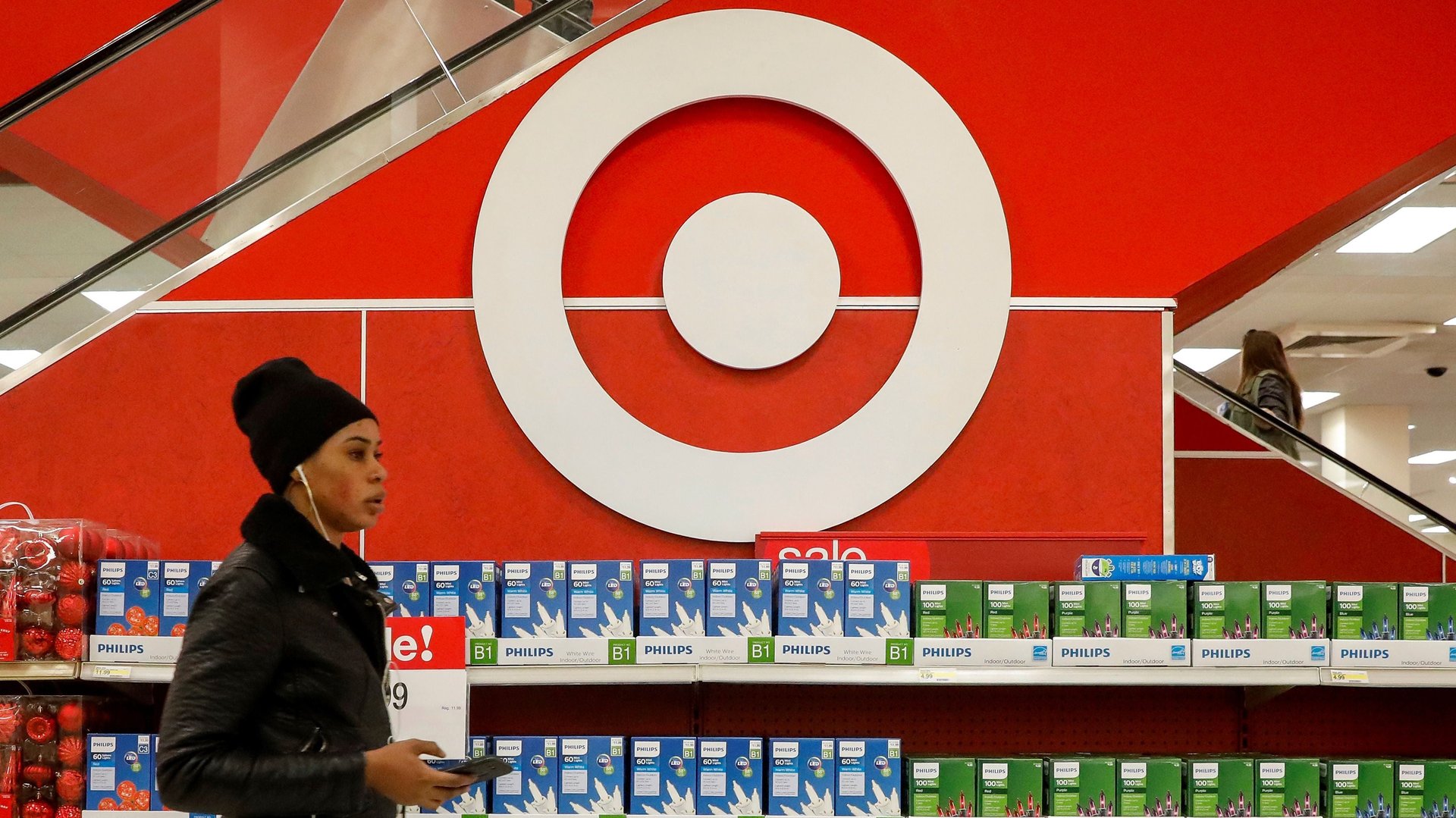What year is this? Target and Walmart say their stores are busier than ever
Target and Walmart have a secret weapon helping both of them to flourish right now: stores that shoppers are actually pouring into.


Target and Walmart have a secret weapon helping both of them to flourish right now: stores that shoppers are actually pouring into.
Despite any threat of Americans sitting home in their underwear and buying all their goods on Amazon, both of the large retailers reported in the recent quarter that, at stores open at least a year, sales growth hit highs not seen in at least a decade. Walmart last week recorded a 4.5% uptick in such sales, while Target today (Aug. 22) reported an increase of 6.5%. Foot traffic to Target stores grew at an “unprecedented” 6.4%, the company said, its highest rate since Target started reporting the figure in 2008.
The impressive numbers are the result of a variety of factors. For one, the US economy and consumer confidence are surging, helping out retailers of all sorts, including Home Depot, Macy’s, and Urban Outfitters. “I’ve been doing this for a long time, and I think this is the healthiest environment I’ve ever seen,” Target CEO Brian Cornell said of consumer spending on CNBC’s Squawk Box.
But a strong economy doesn’t drive foot traffic on its own. Lowe’s and JCPenney, which both turned in underwhelming quarters, can attest to that.
On a call with investors to discuss Target’s earnings, Cornell emphasized that the company has been investing in its stores, which are still its most important source of sales, even as e-commerce continues to grow rapidly. (Both Walmart and Target reported that digital sales rose more than 40% for the quarter.) Over the past few years, analysts and onlookers have been debating the role of stores, he said, but “the one voice that was missing from the conversation was the voice of the consumer.”
Indeed, about 90% of US retail sales still happen in stores, according to the US Department of Commerce (pdf). Shoppers will happily spend money IRL, but they’re not getting off the couch for just any brick-and-mortar shop. “Well-run retailers with strong balance sheets that generate cash that they can invest back in their business are winning right now,” Cornell said. Not every business can or wants to do that, and it’s splitting retail into “winners and losers.”
Target has invested to be among the winners, and appears to be creating stores that people want to visit. In July alone, it was remodeling some 250 locations, and it has opened small stores in urban centers that allow customers to shop in person and then get their order delivered just a few hours later.
Said Cornell: “The traffic number to me is the most important measure that our strategy is connecting with the consumer.”